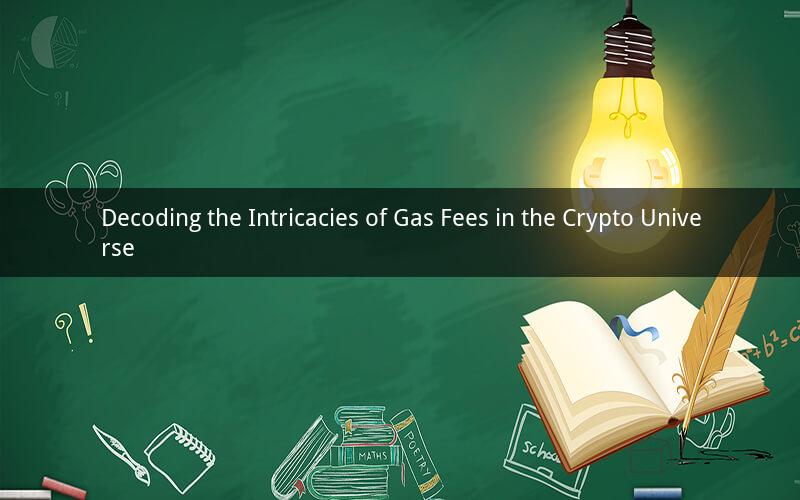
In the vast and dynamic world of cryptocurrency, understanding the concept of gas fees is crucial for users to navigate the ecosystem effectively. Gas fees are a vital component of blockchain technology, especially in platforms like Ethereum, which rely on smart contracts. This article delves into what gas fees are, their purpose, and how they function within the crypto space.
What are Gas Fees?
Gas fees refer to the small transaction fees paid to the network for processing a transaction on a blockchain platform. The term "gas" metaphorically represents the computational work done by the network to execute a transaction or a smart contract. Each blockchain network has its own system of gas fees, and these fees can vary depending on the complexity of the transaction.
The Purpose of Gas Fees
1. Rewarding Miners: One of the primary reasons for gas fees is to incentivize miners to validate and add transactions to the blockchain. Miners use their computing power to solve complex mathematical puzzles, and in return, they receive transaction fees as a reward. This system ensures that the network remains secure and efficient.
2. Scalability: Gas fees play a crucial role in managing the scalability of blockchain networks. High gas fees can deter users from sending transactions, thereby reducing the load on the network. Conversely, low gas fees can lead to network congestion, as more users try to send transactions simultaneously.
3. Prioritizing Transactions: In blockchain networks with high transaction volumes, gas fees help in prioritizing transactions. Users who are willing to pay higher gas fees can have their transactions processed faster, while those with lower fees may have to wait longer.
How Gas Fees Work
1. Gas Limit: The gas limit is the maximum amount of gas a transaction can consume. Users must specify a gas limit when sending a transaction, and the network will only process the transaction up to the specified limit.
2. Gas Price: The gas price is the amount of cryptocurrency paid per unit of gas. Users can set their gas price based on their willingness to pay more for faster transaction processing. The higher the gas price, the faster the transaction will be processed.
3. Transaction Size: The size of a transaction affects its gas fees. Larger transactions require more gas to process, resulting in higher fees. Users can optimize their transaction size to reduce gas fees.
Common Questions about Gas Fees
1. Q: Do gas fees apply to all cryptocurrencies?
A: No, not all cryptocurrencies have gas fees. For example, Bitcoin does not use gas fees, while Ethereum and Binance Smart Chain do.
2. Q: Can I avoid paying gas fees?
A: While you cannot completely avoid gas fees, you can reduce them by optimizing your transaction size and gas price.
3. Q: How do I know the current gas fees on a blockchain network?
A: Most crypto exchanges and blockchain explorers provide real-time information on gas fees. You can check the current fees before sending a transaction.
4. Q: Can gas fees fluctuate?
A: Yes, gas fees can fluctuate based on network congestion and demand. During peak times, gas fees can be significantly higher.
5. Q: Is there a way to predict future gas fees?
A: While it is difficult to predict future gas fees, you can monitor historical data and network trends to make an informed decision.
In conclusion, gas fees are an integral part of the crypto ecosystem, ensuring network security, scalability, and efficiency. By understanding the purpose and functioning of gas fees, users can navigate the crypto space with greater confidence and make informed decisions about their transactions.